Introduction
Architectural elevation rendering stands as a cornerstone of contemporary design practice, offering a sophisticated lens through which the intricate details of a building’s exterior can be articulated. This technique transcends mere visualization, serving as a vital communication tool that bridges the gap between architects, clients, and regulatory bodies.
By providing a detailed representation of facades, materials, and proportions, elevation renderings enable stakeholders to grasp the aesthetic and functional nuances of a project. As the architectural landscape evolves, the integration of advanced technologies and methodologies becomes imperative, allowing for enhanced realism and clarity in design communication.
This article delves into the essential tools, techniques, and benefits of elevation rendering, exploring its transformative role in the architectural process and its implications for effective stakeholder engagement.
Understanding Architectural Elevation Rendering
Architectural elevation rendering is a vital method employed to create two-dimensional images that showcase a structure’s exterior, providing an intricate perspective of its layout, materials, and proportions. Unlike floor plans, which focus on the horizontal layout, architectural elevation renderings highlight vertical elements, providing a clear depiction of facades. This technique serves an essential role in articulating concepts to clients, stakeholders, and regulatory bodies, enabling architects to convey both the aesthetic and functional characteristics of a project using architectural elevation rendering.
The impact of 3D exterior visuals extends beyond mere visualization; they serve as a powerful tool for enhancing communication between homeowners and builders, ensuring that all parties share a cohesive vision. As architects incorporate advanced techniques, including the showcasing of natural lighting, landscaping, and building materials, determining the appropriate level of detail becomes crucial for effective contextual visualization. This level of detail impacts how well stakeholders can understand the design and its implications.
Industry expert Preeti Wadhwani notes that the North American market captured a remarkable 34% share in 2023, driven by the region’s robust technological infrastructure and the high adoption of advanced visualization technologies. Larger companies are progressively adopting AI technologies, with over 30% of them doing so, compared to only 8% in smaller businesses, highlighting the technological advancements affecting architectural enhancement. Additionally, key companies such as Adobe and Autodesk, which possessed more than 24% market share in 2023, influence the competitive environment of 3D visualization and depiction software, highlighting the significance of detail in architectural height representation.
This emphasizes the increasing dependence on architectural elevation rendering within architectural practice, highlighting its importance not only as a creative tool but also as a method of effective communication. Furthermore, the various uses of height visualization methods go beyond architecture to encompass engineering, construction, manufacturing, media, and real estate, highlighting their adaptability. As architects utilize progressively advanced visualization methods, comprehending the subtleties of height depiction, including the suitable degree of detail, becomes essential in ensuring clarity, enhancing stakeholder communication, and recognizing potential planning issues early.
Essential Tools and Techniques for Elevation Rendering
To produce compelling architectural elevation rendering, architects should leverage advanced software tools such as:
- Adobe Photoshop
- AutoCAD
- SketchUp Pro
- Civil 3D
These tools are crucial for achieving precision and detail. SketchUp Pro, costing $695, aids in effective three-dimensional visualization, allowing architects to experiment with spatial relationships and ultimately capture the essence of their creations. AutoCAD serves as a reliable foundation for drafting precise architectural elevation renderings, ensuring the technical accuracy necessary for client evaluations.
Civil 3D enhances documentation for BIM workflows, although it has occasional stability issues and lacks Mac support. Photoshop plays a vital role in post-processing, offering capabilities to enhance textures and colors significantly, which is essential for conveying design intent. Key techniques to elevate realism include:
- Utilizing layering
- Employing high-resolution textures
- Ensuring proper scaling throughout the visualization process
A thorough grasp of perspective and composition is crucial, as these elements dramatically enhance the quality of the final images. Furthermore, utilizing advanced 3D modeling software such as Unreal Engine, which is free and highly rated across platforms, can improve client understanding and stakeholder communication. Familiarity with FStormRender, available for $25/month and rated 4.0 in 2024, can further enhance the visualization process.
Architects such as Amanda Reid have commended professional visualization services for their architectural elevation rendering, which provides high-quality images that precisely communicate creative intent. It is important to recognize that tiny details in illustrations contribute significantly to the storytelling aspect, helping clients visualize the final product and make informed decisions. Furthermore, grasping the suitable degree of detail to present is crucial; differing levels can significantly affect client perceptions and decision-making, ensuring that the essence is effectively communicated.
The Benefits and Applications of Elevation Renderings
Architectural elevation rendering plays a pivotal role in contemporary architecture, serving a multitude of functions that enhance the overall development process. They significantly improve communication among architects, clients, and contractors by offering a precise visual representation of design intent. This clarity is essential for ensuring all stakeholders share a unified vision of the initiative.
Moreover, architectural elevation rendering is essential in marketing initiatives, allowing prospective buyers and investors to envision the development before its physical manifestation, thus enhancing engagement and interest. The ability to present compelling architectural elevation rendering also aids in securing approvals, as stakeholders can readily grasp the aesthetic and functional dimensions of a proposed design.
At J. Scott Smith Visual Designs, our collaborative rendering process emphasizes client-centric execution. From initial communication to detailed 3D models, we engage in a thorough understanding of your goals and feedback integration, ensuring attention to detail throughout. As noted, ‘The very best endeavors are the ones with smooth communication,’ and we are committed to fostering this environment.
Furthermore, these representations aid in design evaluations by enabling the examination of different design iterations and material choices, encouraging informed decision-making throughout the design lifecycle. Investing in high-quality 3D visuals is paramount, as they not only enhance architectural vision but also significantly influence project development and decision-making.
Recent press announcements emphasize the increasing significance of height visualization services in the sector, indicating a movement towards more advanced visual communication in architecture. Significantly, architectural elevation rendering of structures can be very precise, especially when produced using advanced software tools; the accuracy of these visuals is greatly reliant on the data supplied and the expertise of the designer or architect. This dedication to quality highlights the crucial function that architectural elevation rendering serves in achieving successful architectural results.
For example, case studies like L3Harris obtaining funding for facility expansions in Florida demonstrate the concrete advantages of architectural elevation rendering in gaining approval for initiatives. These examples demonstrate how intricate details in architectural elevation rendering can enhance realism and emotional impact, ultimately leading to greater client satisfaction and successful project outcomes. Moreover, our methodologies, which include:
- Iterative modeling
- Material selection
- Lighting adjustments
ensure that each visualization captures the essence of the design intent while allowing for client feedback at every stage, further solidifying the collaborative nature of our work.
From 2D to 3D: The Conversion Process in Elevation Rendering
The transition from 2D to 3D in architectural elevation rendering is a multifaceted process that encompasses several critical steps. Initially, lead architects must produce detailed 2D elevation drawings utilizing advanced software such as AutoCAD. These meticulously crafted drawings serve as foundational blueprints for subsequent 3D modeling.
Following this, architects employ tools like SketchUp or Revit to extrude the 2D lines into three-dimensional forms, introducing depth and volume to their creations. This vital step enhances the accuracy of the architectural elevation rendering, enabling stakeholders to visualize the building’s real-world appearance. Once the 3D model is established, architects enhance it further by applying various materials, textures, and lighting, contributing significantly to the model’s realism.
This thorough conversion procedure not only enhances the visual quality of the images but also aids in the early identification of potential structural problems, ultimately optimizing the architectural workflow. The importance of accuracy and intricacy in architectural elevation rendering cannot be exaggerated; small elements accumulate to convey a captivating narrative of what the future offers for a structure or residence, encapsulating the core nature of the creation. At J. Scott Smith Visual Designs, we specialize in producing high-quality visuals, particularly architectural elevation rendering, for both interior and exterior architectural projects across various sectors.
Our portfolio showcases a selection of our work, illustrating our commitment to detail and excellence. Despite advancements, the field remains fragmented; as highlighted in recent studies, ‘the state-of-the-art is fragmented: most research works focus on specific, limited steps of the 3D models generation process, but no solution has yet been able to tackle the whole generation chain.’ Additionally, the statistic regarding the ground truth wall junction, which stands at 55, underscores the complexities involved in the conversion process.
Additionally, the case study titled ‘3D Computational Sketch Synthesis Framework’ demonstrates how this framework aids exploration by generating variations of user input sketches and reconstructing interactive 3D models, improving the process by providing tools for creative exploration and model generation.
Enhancing Realism: The Role of Lighting and Shadows in Elevation Renderings
Lighting and shadows play a pivotal role in enhancing the realism of elevation renderings, transforming mere images into immersive experiences. Well-placed light sources not only illuminate architectural features but also define depth and context within the design, allowing future homeowners to engage actively with their envisioned spaces. Architects are encouraged to explore various lighting angles and intensities to achieve the most flattering representation of their work, thereby fostering a deeper connection between the design and its potential residents.
The application of advanced software features such as global illumination and ambient occlusion significantly enhances the realism of these images. Furthermore, understanding how natural light varies throughout the day enables architects to create dynamic and lifelike visuals that resonate with users. As noted by Michał Purski, the necessity of considering user perception in relation to lighting dynamics is crucial for enhancing the experience of space.
Additionally, analyzing all quantitative parameters simultaneously is essential for high-quality, sustainable lighting solutions. The integration of realistic materials is also vital; as demonstrated in the case study titled Realistic Materials for Natural Outcomes, the correct setup of materials ensures accurate light interaction, enhancing overall realism through proper refraction and reflection. By mastering the interplay of light and shadow, architects can elevate their illustrations from simple representations into compelling visual narratives that reflect the architectural legacy and creativity, ultimately generating confidence and investment in their endeavors.
Furthermore, pre-sales visualization serves as a critical tool in this process, as it allows developers to showcase these immersive experiences, attracting potential buyers and investors early on. Case studies highlighting successful pre-sales visualization initiatives can further illustrate the tangible benefits of this approach, reinforcing the significance of architectural renderings in fostering community connections and project confidence.
Conclusion
The exploration of architectural elevation rendering underscores its integral role in modern design practices. Through detailed two-dimensional representations, architects can effectively communicate the aesthetic and functional aspects of their projects, ensuring that all stakeholders possess a unified understanding. The advancement of technology, including sophisticated software tools and AI integration, enhances the precision and clarity of these renderings, further solidifying their importance in architectural workflows.
The tools and techniques discussed illustrate how architects can leverage software such as:
- AutoCAD
- SketchUp Pro
- Photoshop
to produce compelling visuals that resonate with clients and stakeholders alike. The transition from 2D drawings to immersive 3D models highlights the necessity of meticulous detail, which not only aids in visual storytelling but also facilitates early identification of potential design issues.
Moreover, the benefits of elevation renderings extend beyond mere visualization; they enhance marketing efforts, streamline project approvals, and foster collaborative environments throughout the design lifecycle. The impact of lighting and shadow dynamics further elevates the realism of these renderings, transforming them into engaging narratives that connect potential users with the envisioned spaces.
In conclusion, architectural elevation rendering is not just a technical requirement but a transformative tool that bridges design intent with stakeholder engagement. As the architectural landscape continues to evolve, embracing advanced rendering techniques will remain crucial for achieving clarity and excellence in communication, ultimately leading to successful project outcomes.
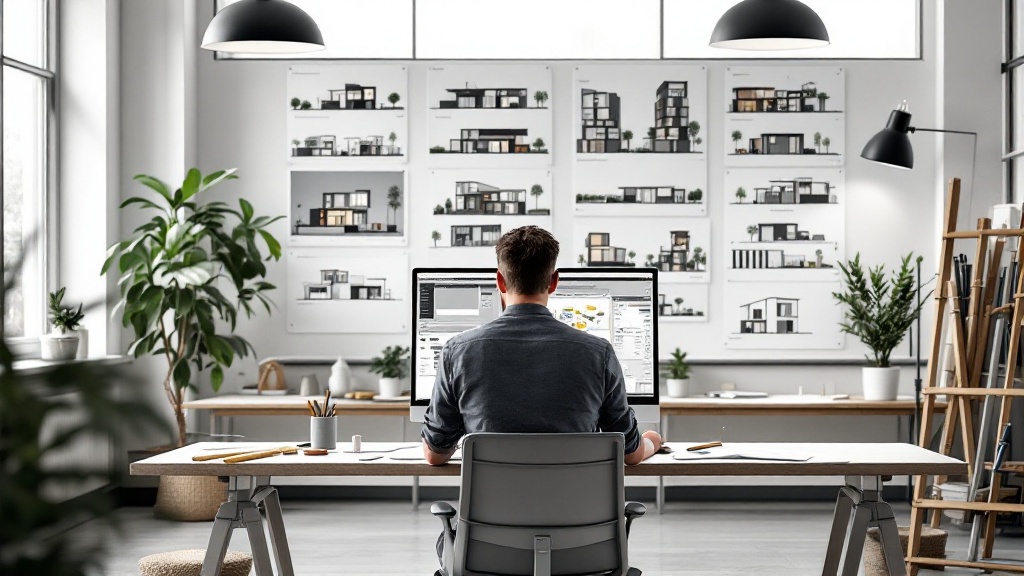
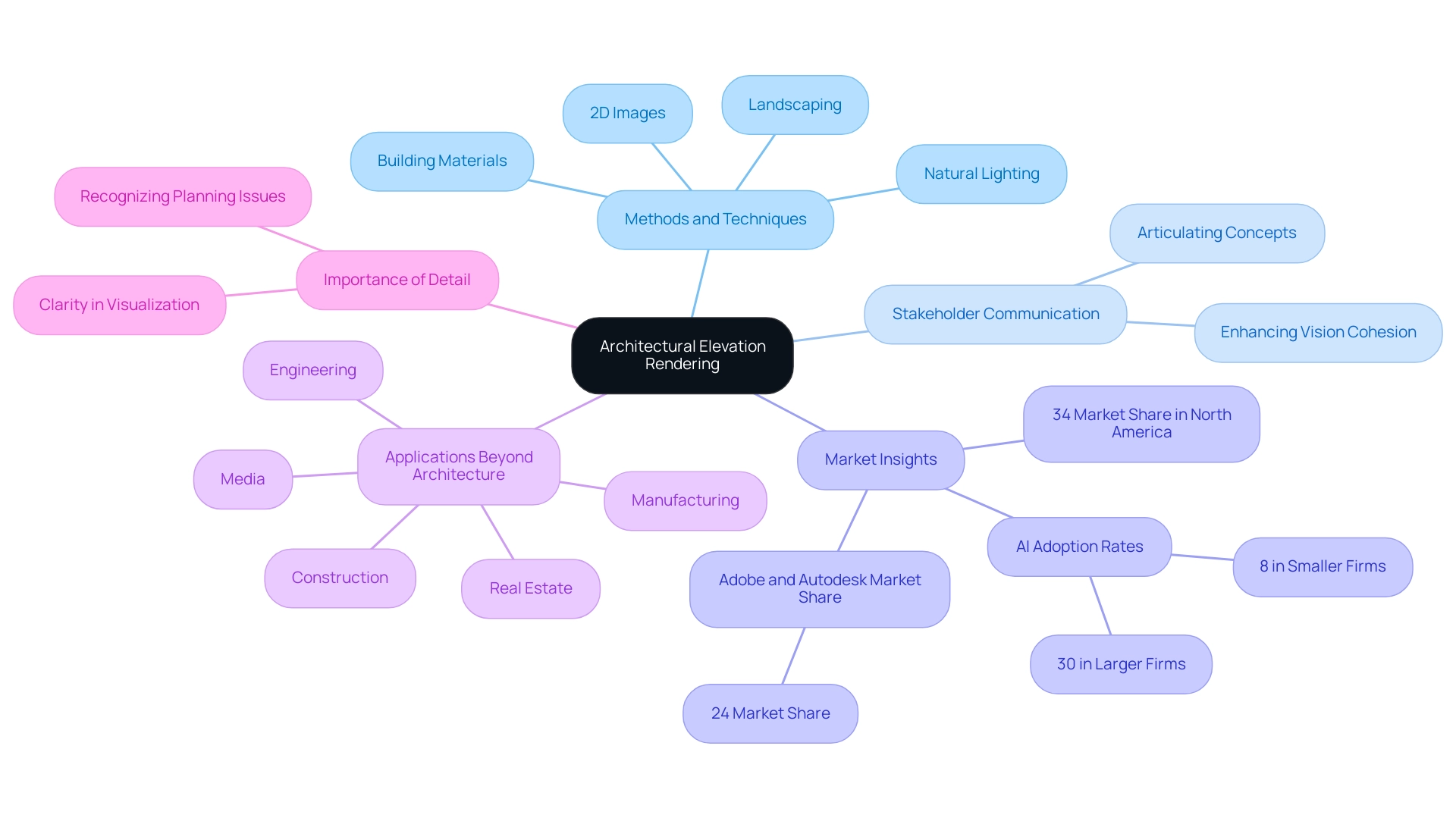
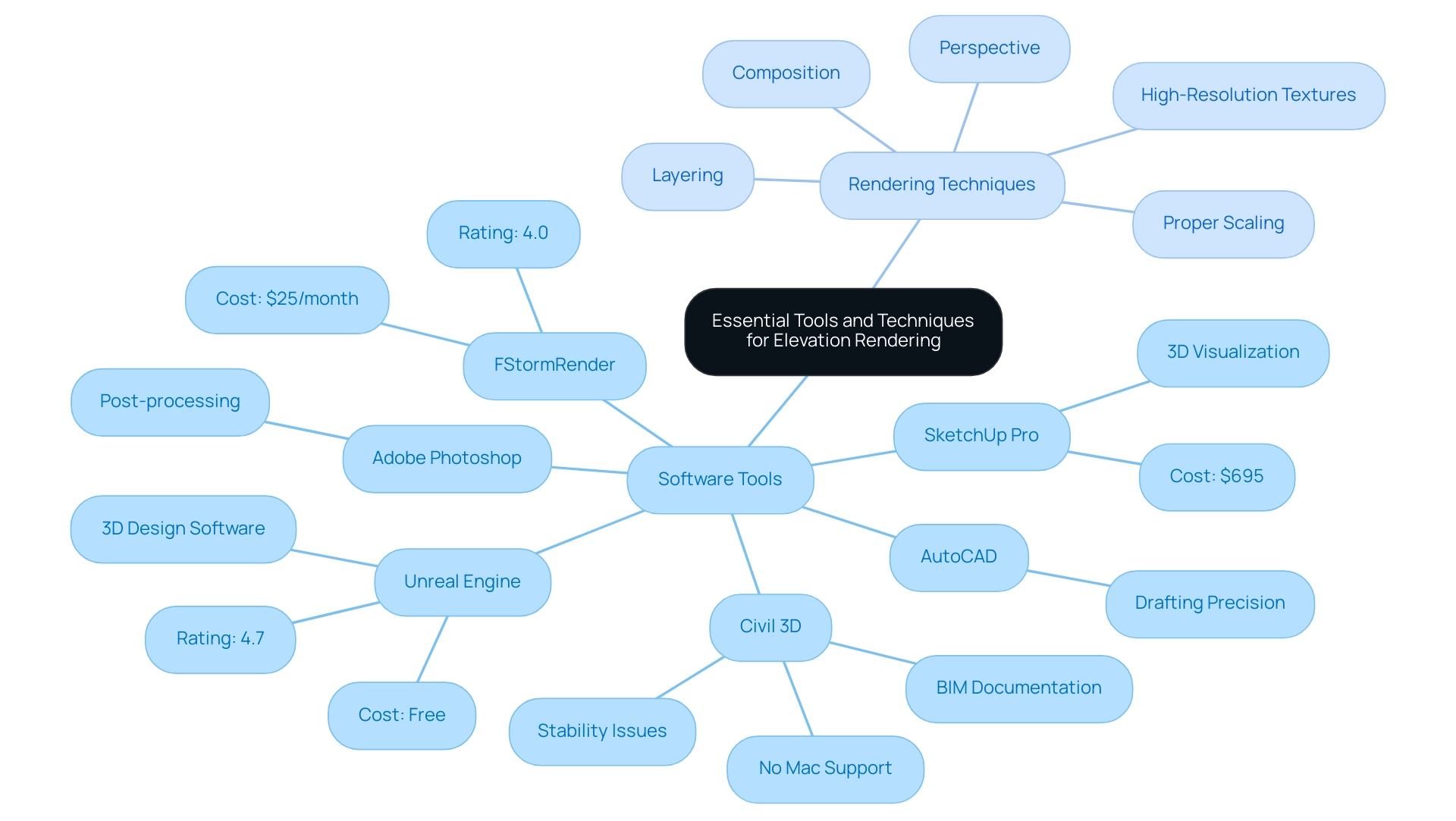
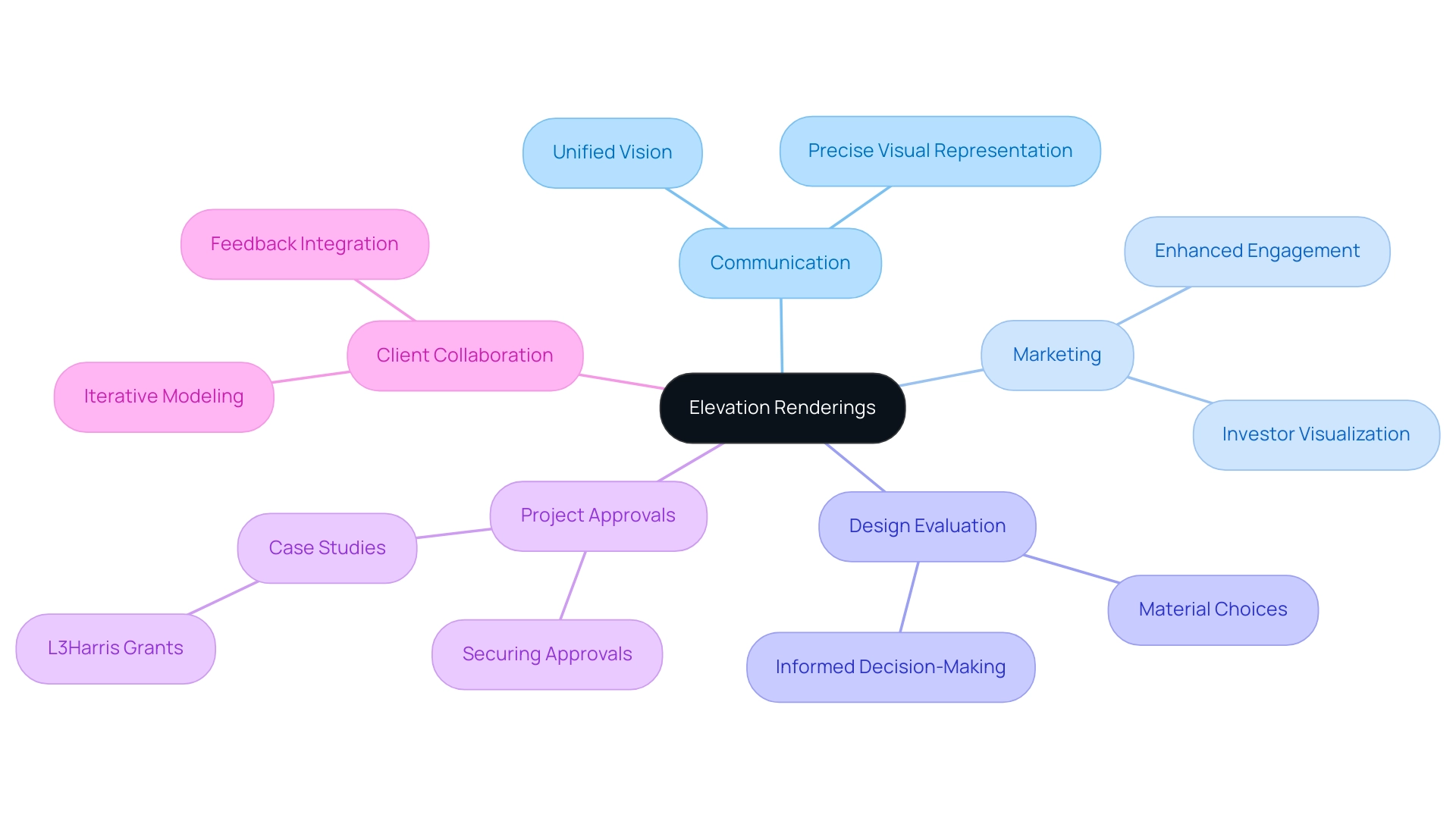
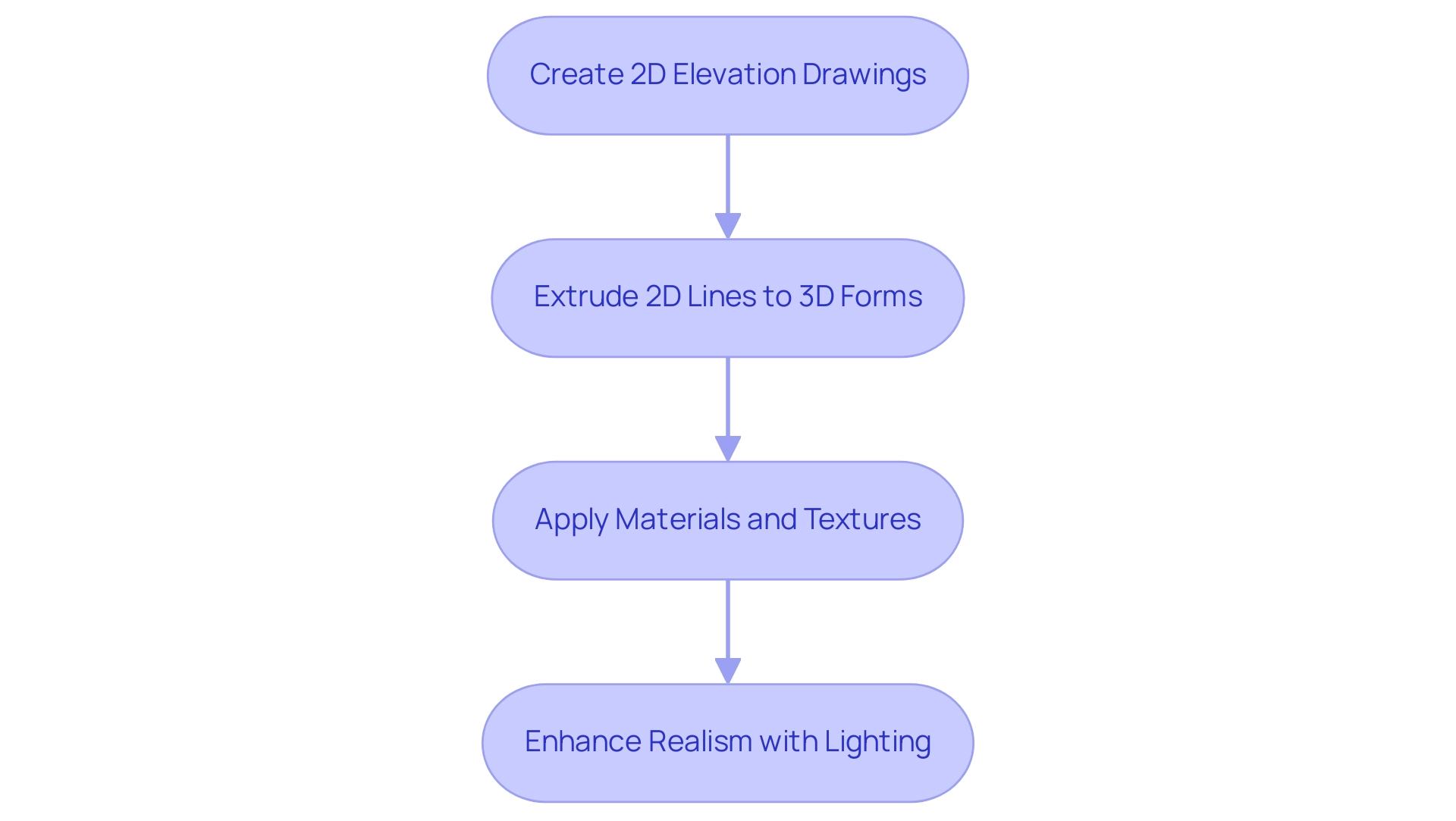
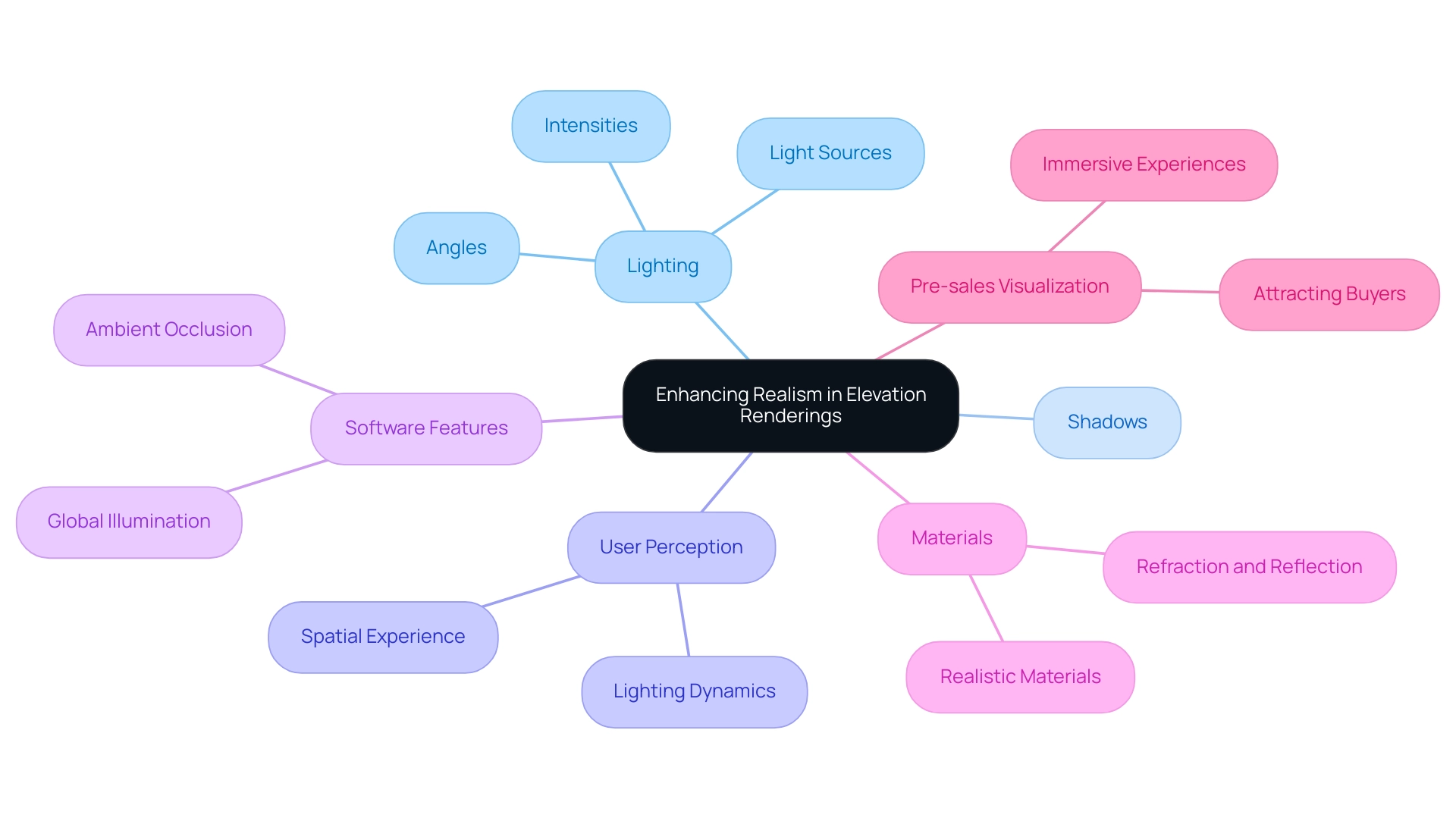
0 Comments